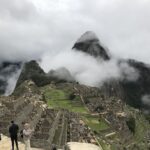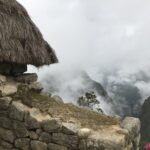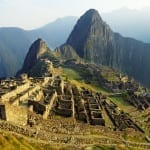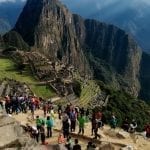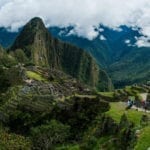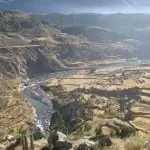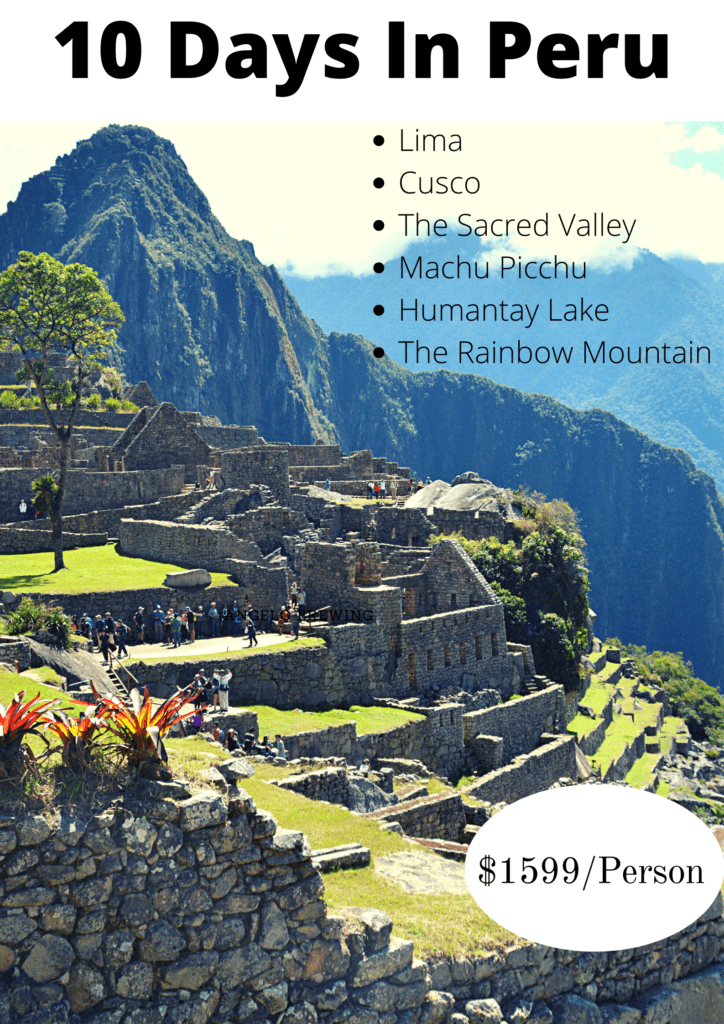Inti Raymi Sun Festival
James Bustamante is Native to New York but born to Peruvian parents. He has been traveling throughout Latin America since early 2003 and finally made his home in Peru. James has made his way by eating and traveling through almost every country in Central and South America.
Last Updated on August 31, 2022 by James Bustamante
The Inti Raymi celebration, otherwise known as the Festival of the Sun, was a religious ceremony of the Inca Empire.
Inti Raymi was held in honor of the god Inti, one of the most revered deities in the Inca religion. Inti also happens to be the god of the sun.
Many travelers like the idea of taking their Machu Picchu travel package while this ancient celebration takes place.
June is usually a great time of the year for a Hike to Machu Picchu due to the weather and the celebrations.
Before moving on to the celebration’s origin, let’s take a good look at Inti, the god of the sun’s backstory in Inca mythology and his relation to Inti Raymi.
Inti The Inca God of The Sun
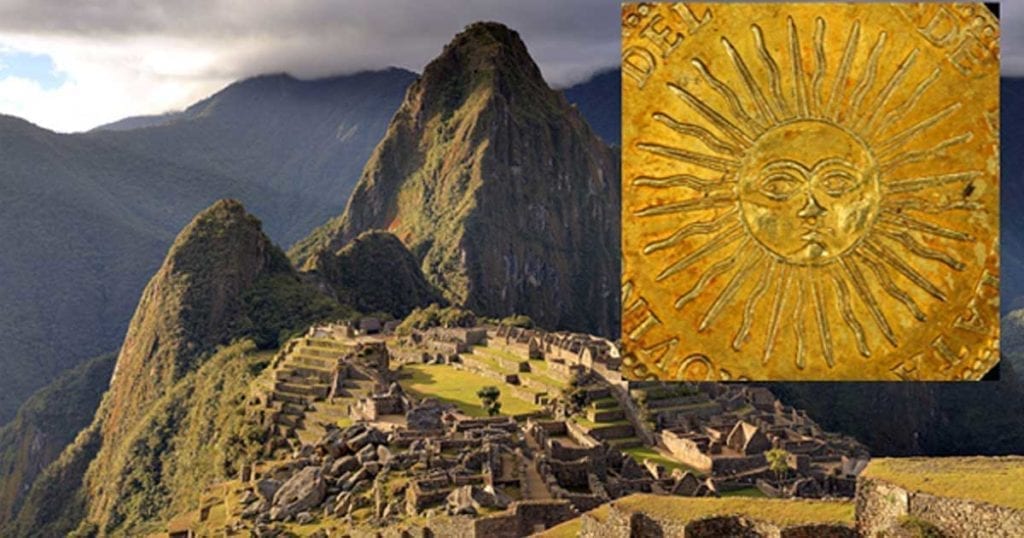
Inti forms part of the pantheon of Inca gods. He is the son of Viracocha, the god of creation.
In Inca mythology, Inti is also the god of the sun and a direct ancestor of the original Inca kings.
Among the several deities the Inca and its descendants revered, Inti is by far one of the most popular.
According to historians, Inti is revered because he is the being who provided the necessary light and warmth the Incas required for growing crops.
Inca culture relates to the sun as the only being that gave them life.
Thanks to him, they would be able to achieve successful harvests, allowing them to exist.
Records on Inca mythology indicate that Inti is not only the son of Viracocha but also brother to the Inca goddess of the ocean, “Mama Cocha.” She was also a very important god to the Incas.
Inti is also brother to other Inca deities like “Mama Quilla,” also known as the moon goddess, and the mother “earth goddess called “Pacha Mama.”
The legend indicates that Inti was not only “Mama Quilla’s” brother but also her husband. They had two offspring together.
They were a brother and sister called Manco Capac and Mama Ocllo.
Manco Capac and Mama Ocllo are recognized as the creators of civilization and teachers of the first population.
Inti, the sun god, is still revered by the descendants of the Incan culture today. There are actually two great festivals in his honor.
One of the celebrations corresponds to the winter solstice period, also known as Inti Raymi. The festival is celebrated on June 21 and culminates on June 24th. Inti Raymi is the most well-known of the two celebrations. The other ritual corresponds to the summer solstice or “Capac Raymi” on December 21.
The Inti Raymi Sun Festival
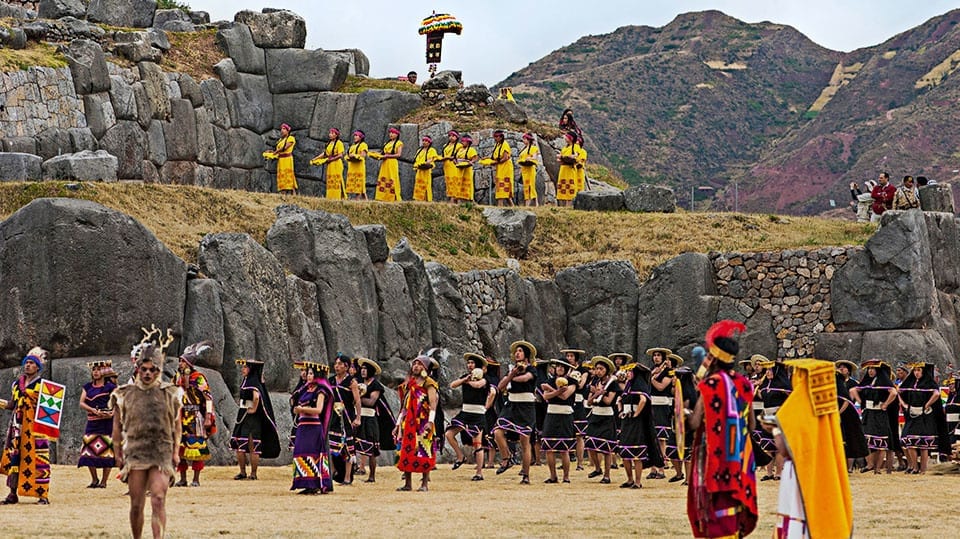
Inti Raymi is the celebration of the Winter Solstice; it is also the shortest day of the year in terms of the time between sunrise and sunset. The Inti Raymi festivities also mark the beginning of the new year on the Inca calendar.
Travelers Tip: In territories south of the equator, the Gregorian months of June and July are within the winter months. Make sure to plan your Machu Picchu tours according to the weather you are most comfortable with.
According to Inca Garcilaso de La Vega, the Inti Raymi festival was the most important of four ceremonies celebrated in Cusco during the Inca Empire.
How Is Inti Raymi Celebrated?
The celebration occurred in the “Haukaypata,” or the city’s central plaza, and featured many activities.
Inti Raymi is still celebrated in indigenous cultures as it was when the Incas were the dominant tribe.
Celebrations involve a large diversity of local Andean music and unique and colorful costumes.
One of the most notable would be the woven “Aya Huma” mask.
The Inti Raymi festival also includes the preparation and sharing of local foods and very elaborate delicacies.
Connection to Saint John the Baptist
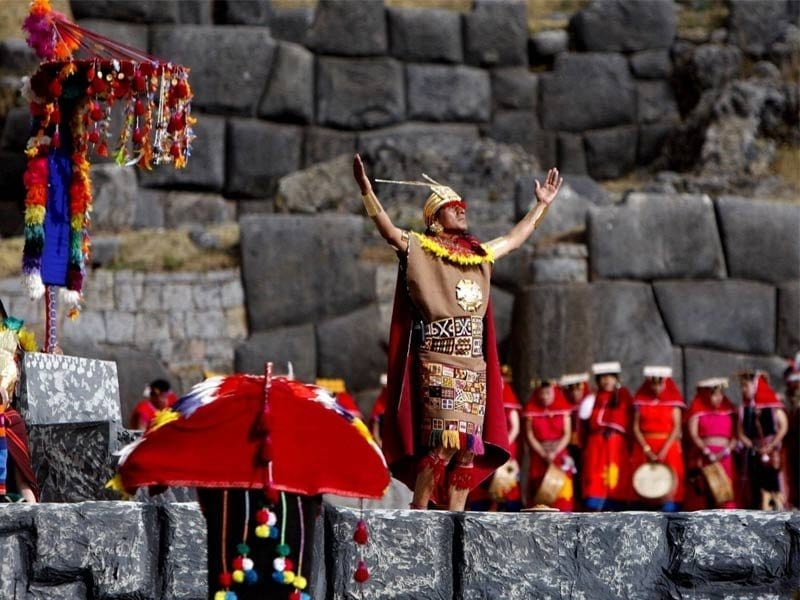
In many parts of the Andes, however, the winter solstice celebration has been connected to the western festivals of Saint John the Baptist. This festival also falls on June 21, the day after the northern solstice.
During the festivities, you’ll see locals dressed in traditional Incan costumes while performing local dances as the Incas did during their rituals.
You might even catch a mock llama sacrifice or two during these particular dates.
If you want to see genuine llama sacrifices, you can visit the more traditional towns on the outskirts of Cusco.
For some travelers, this might be a little too extreme to experience during their Machu Picchu travel package; for others, it can be right up their alley.
Throughout these special dates, the main performance is held in the ruins of Sacsayhuaman, a citadel on the northern territory just outside the city of Cusco.
Cusco and the surrounding areas were the Inca Empire’s historical capital.
Celebrities and Inti Raymi
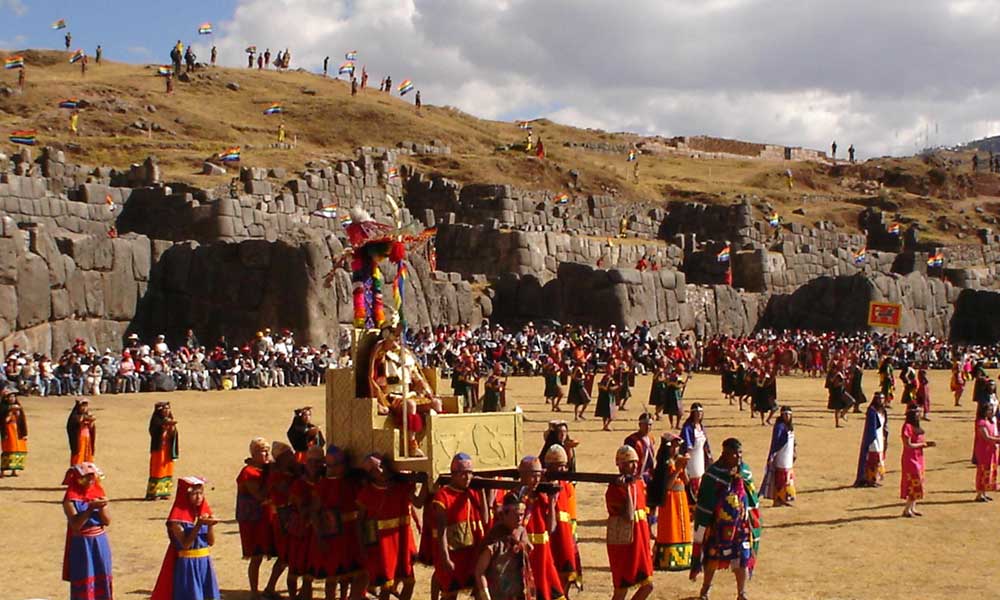
Over the years, many famous personalities have visited Peru in hopes of witnessing this fantastic festivity.
Some of the most well-known visitors range from celebrities such as Cameron Diaz and Jim Carrey to prominent people in business such as Bill Gates.
Even some royalty have made their way to the Inti Raymi festival, including King Abdullah II of Jordan, right after his guided Machu Picchu excursion.
King Abdullah declared that “it is beautiful, fantastic, and wonderful.”
The Inti Raymi is one of the most important festivals held throughout the year and a major cultural exposition of the local culture.
Imagine putting together a fantastic trip and ensuring your Machu Picchu reservations are secured for the Incan Festivals? Make sure to contact a travel advisor to plan your trip with the perfect dates in mind.
Frequently Asked Questions About The Inti Raymi Festival
When does Inti Raymi take place?
The Incan festival takes place during the winter solstice on June 21.
Where does Inti Raymi take place?
Inti Raymi takes place in the Sacsayhuaman Inca fortress on the northern outskirts of Cusco.
What does Inti Raymi celebrate?
Inti Raymi celebrates the sun and what is provided to the Incan culture. Warmth, crops, and a great harvest.
What does Inti Raymi mean?
Inti Raymi translates to “festival of the sun.” Inti on its own is the name of the Incan sun god.
Who was Inti?
Inti was the Inca sun god and, according to local mythology, the direct ancestor of the Incas.
When should I book my trip for Inti Raymi?
Inti Raymi takes place during the most popular month of the year to visit Cusco and Mach Picchu. If possible, plan this trip six months to one year in advance to secure spaces, hotels, guides, and well-priced flights.


